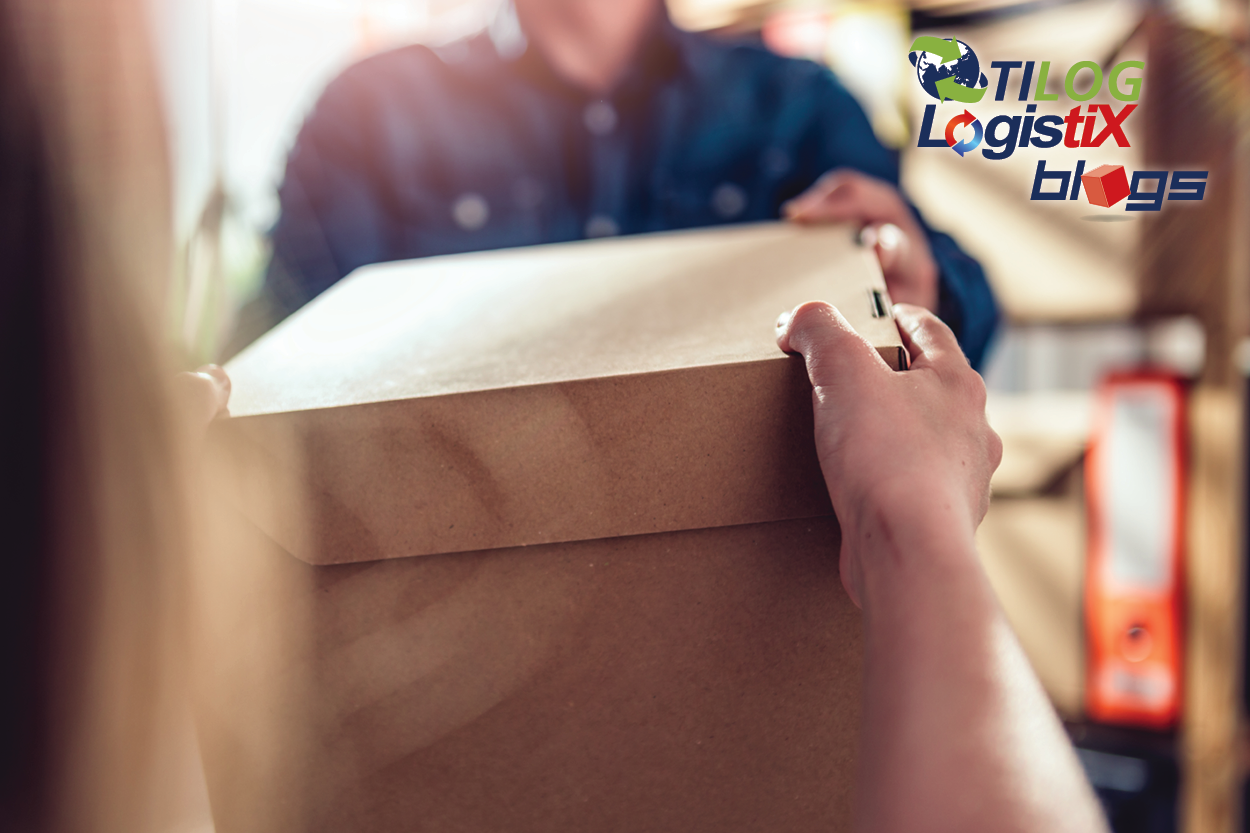Why "Returnable Packaging Systems" is the Heart of Green Logistics
The age of wasteful business is gone. It's time for true circularity. If logistics operators can take advantage of this trend, they can grow business sustainably.
The packaging system that is sustainable should be returnable, cost-effective, incurs less transportation costs, and is environmentally friendly.
This system can promote more efficient distribution, handling and storage of products.
The global market value of returnable packaging was estimated at USD 103.7 billion in 2021 and is expected to grow at a compound annual growth rate (CAGR) of 5.9% between 2022 and 2030.

Examples of returnable or reusable packaging systems include rack systems, pallets, or bulk containers. These systems are used to move products from place to place safely and efficiently throughout the supply chain. Unlike end-to-end one-way packaging, these packaging systems are built with durable materials such as wood, plastics, and metal. They can be used multiple times with many advantages both economically and environmentally.
Reusing packaging enables businesses to achieve lower costs per trip and a quicker return on investment. It also helps increase efficiency in the distribution, handling and storage of products because reusable packages are circulated over and over again. This approach helps alleviate the impact on the environment, reduces materials needed for production, reduces plastic wastes, and reduces pollution caused by waste disposal processes.

At the same time, when compared to cardboard boxes, returnable or reusable packaging made of wood, plastic or metal is more durable with higher resistance to moisture and contamination. Therefore, they can better protect the goods during transportation and maintain the highest safety standards for products stored in the warehouse. Since it is designed to withstand rigorous handling throughout the supply chain, it is suitable for multiple rounds of transportation. Although the initial investment is very high compared to disposable packaging, the increasing number of trips will reduce the cost per trip which makes it worthwhile in the long run.

According to Grand View Research, the global market value for returnable packaging was worth $103.7 billion in 2021 and is expected to grow at a compound annual growth rate (CAGR) of 5.9% from 2022 to 2030. The increasing demand for sustainable and durable packaging from various end industries is believed to be the driving factor behind this market growth.
Furthermore, returnable packaging helps eliminate waste that would otherwise end up in landfills, so it is highly sustainable. Increasing the use of sustainable packaging to create a positive brand image as well as intensifying regulatory pressure on the use of plastic packaging are expected to serve as additional key factors that boost the growth of this market.
For those interested in the logistics industry, don’t forget to follow the TILOG-LOGISTIX Blogs to get the latest update and interesting trends for the digital transformation of your business. Logistics technology will become more intelligent at "TILOG-LOGISTIX 2023", the most comprehensive exhibition of logistics service providers and intralogistics technologies and solutions under the theme "Smart and Green Logistics for Sustainable Tomorrow” wwhich will be held on 17-19 August 2023 at BITEC, Bangkok.


